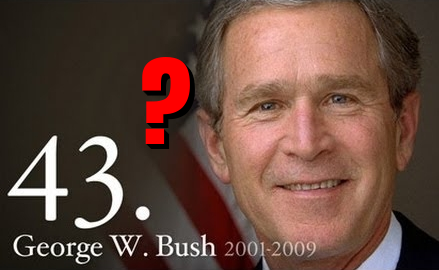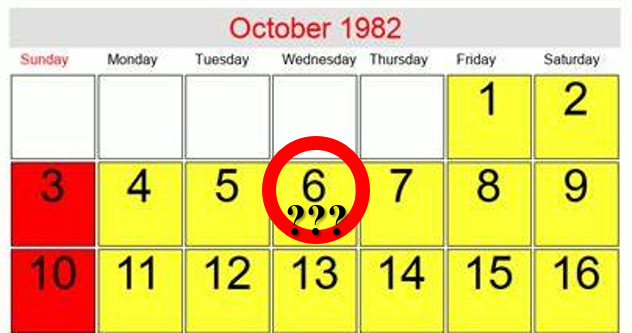Correctly Assessing President Ronald Reagan
Ronald Reagan was a good President, but not a great one. The right has overrated him. With another critical Presidential election imminent, let me correctly assess his 8-year Presidency in terms of the good, the bad, and the ugly.
Correctly Assessing President Bill Clinton
President Clinton left office in January 2001 but has maintained great influence over the Democratic Party since then. With another critical Presidential election imminent, let me correctly assess his 8-year Presidency, highlighted as follows:
- Overall, was he a good President? No! He was mediocre at best!
- Have both his immediate predecessor and successor made him look better? Yes!
Correctly Assessing President George W. Bush
President George W. Bush left office in 2009 and has been staying low since then for some good reasons. With another critical Presidential election imminent, let me correctly assess his 8-year Presidency, highlighted as follows:
- President Bush II is the world’s #1 war criminal this century!
- History will not be kind to him!
Now, let me break it down into the good, the bad, and the ugly …
Correctly Assessing President Barack Obama
President Obama left office in January 2017 but has maintained significant influence over the Democratic Party since then. With another critical Presidential election imminent, let me correctly assess his 8-year Presidency, highlighted as follows:
- Overall, was he a good President? No!
- Have both his immediate predecessor and successor made him look better? Yes!
- History will not be kind to him (nor to GWB)!
Now, let me break it down into the good, the bad, and the ugly …
What is the American Revolution, anyway?
The American Revolution was a bourgeois revolution (i.e., by/of/for the rich). As a result of its success, America was born with two distinctive birth defects:
- It was built on a pile of lies, with “all men are created equal” being the mother of all American lies (The American Idea is a lie!).
- Its government was, and still is, by/of/for the rich.
Colonial America 1776-2040?
The worst man-made disaster is war, but America is perpetually at it, which may soon result in World War III, thus destroying us all as a species.
October 6, 1982
Do you remember what you were doing on October 6, 1982?
Perhaps not, as it was exactly 42 years ago.
But I do, because it was a special day for me – I finally “escaped” from “communist China” on that day – I left China for Japan on October 6, 1982!
No, I did not leave China in a boat, nor did I sneak out of China in darkness. Instead, together with 149 other “top” Chinese students, I left China with a huge honor: after being chosen by the government to pursue graduate degrees in Japan, we were warmly sent off by some government officials on that day in anticipation that we, upon completion of our studies in Japan, would all come back home, helping modernize China.
Europe, on the Brink Again
“There is a dynamism about nineteenth-century Europe that far exceeds anything previously known. Europe vibrated with power as never before: with technical power, economic power, cultural power, intercontinental power.” — Norman Davis

Europe. (2024, September 24). In Wikipedia.
https://en.wikipedia.org/wiki/Europe.
Rob984, Public domain, via Wikimedia Commons
The American idea is a lie!
I came to America in 1985, believing in the American idea for one simple reason: It sounded fascinating. However, shortly after realizing my American dream (My American Dream Story), I started doubting it. Now, I have concluded that the American idea is a lie.








